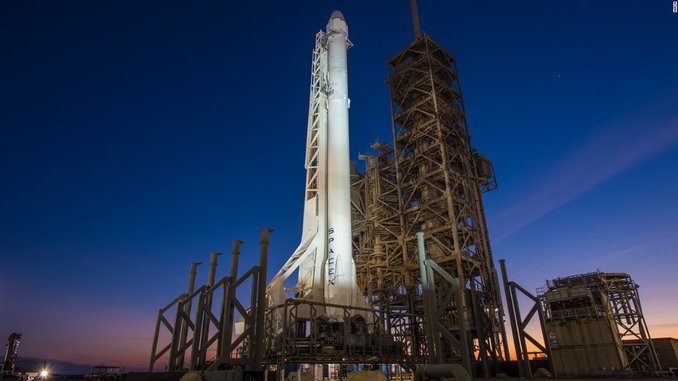
Bad weather forced Elon Musk’s SpaceX to delay until Sunday a test in which it will destroy one of its own rockets in a trial of a crucial emergency abort system on an unmanned astronaut capsule, Reuters reports.
The test, the company’s final milestone test before flying NASA astronauts from U.S. soil, had been planned to take place on Saturday.
SpaceX said in a Twitter post here it was standing down from the Crew Dragon capsule test because of high winds and rough seas in the recovery area.
It was now looking at carrying out the test on Sunday, with a six-hour test window starting at 8 a.m. ET (1300 GMT).
Less than two minutes after liftoff from a launchpad in Florida, the Crew Dragon will fire on-board thrusters to eject itself off a Falcon 9 rocket mid-air, simulating an emergency abort scenario that will prove it can return astronauts to safety.
The test is crucial to qualify SpaceX’s astronaut capsule to fly humans to the International Space Station, which the National Aeronautics and Space Administration expects to come as soon as mid-2020. It follows years of development and delays as the United States has sought to revive its human spaceflight program through private partnerships.
NASA awarded $4.2 billion to Boeing (BA.N) and $2.5 billion to SpaceX in 2014 to develop separate capsule systems capable of ferrying astronauts to the space station from U.S. soil for the first time since NASA’s space shuttle program ended in 2011.
The space agency has since relied on Russian spacecraft to hitch rides to the space station.
In the test, the Falcon 9 rocket’s boosters will shut down roughly 12 miles (19 km) above the ocean, a mock failure that will trigger Crew Dragon’s so-called SuperDraco thrusters to jet itself away at supersonic speeds of up to 1,500 miles per hour (2,400 kph).

Be the first to comment